When we hear flour we automatically think wheat, refined or unrefined, then corn and maybe a few other grain flours. Tiger nut flour ‘Cyperus esculentus’ is not your everyday flour, it is totally special not just because it tastes good but the health benefits are enormous. Also, it is not a nut flour being that tiger nut is a tuber.
There are other kinds of flour commonly used besides wheat flour like corn, rice, rye, oat, barley, potato, almond etc. There are also the not so common flours like amaranth, spelt, quinoa and the very unusual ones like coffee and grapeseed flours. In Nigeria, the most utilised flours will be wheat (refined and unrefined), corn, sorghum (guinea corn or dawa), millet (gero), rice (shinkafa), yam (elubo dudu), cassava (akpu, tapioca), plantain (elubo lafun ) etc.
Compared to other flours, Tiger nut flour is a very forgiving flour in recipes, it gives a lot of room for experimenting and errors. It is almost as versatile as wheat flour, having almost the same usage.
Tiger nut flour can be made at home or bought already made. It is yet to become commonplace in grocery stores but can be purchased online on Jumia.com.
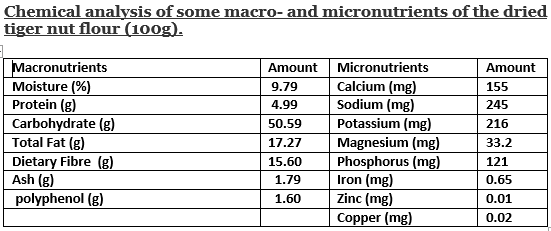
25 AMAZING FACTS ABOUT TIGER NUT FLOUR
- Tiger nut flour is a mildly sweet, toasty and nutty tasting flour.
- It does not leave any aftertaste when used in baked goods, unlike most other wheat flour alternatives.
- It might give a gritty texture to food made with it, depending on how finely it is milled.
- This flour is a very healthy flour, very good for vegans and dieters.
- It is gluten and grain-free making it ideal for gluten-free and Paleo diets.
- Tigernut flour is ideal as an alternative flour for those who are allergic to nuts.
- It can be made using leftover pulp from making tiger nut milk (Kunnu aya, Chufa de horchata), it can also be made from dry whole tiger nuts.
- The flour from leftover pulp has much less carbohydrate than whole nut flour so it is ideal for keto and diabetic diets (less than 1 g of net carbs per tablespoon of flour).

- Whole nut tiger nut flour is sweeter being that the sweet carbohydrates are still intact, which is not so good for a ketogenic diet except in small quantities (3 g of net carbs per tablespoon of flour).
- The leftover pulp flour is mostly fibre, almost 60% total dietary fibre, while the whole nut flour is 40% dietary fibre.
- The fibre in tiger nut flour is 99.8% insoluble dietary fibre. Insoluble dietary fibre gives a sensation of feeling full because it absorbs water and takes up space in the stomach which reduces the need to eat more food.
- The whole nut flour is finer and denser than the leftover pulp flour which is light and airy.
- Tiger nut flour is very high in resistant starch, so introduce it gradually into your diet. Too much resistant starch can cause digestive upset. Resistant starch feeds the good bacteria in the digestive tract. It might eventually be found to be a powerful component in preventing diabetes and obesity.
- It is high in fibre, iron, potassium, protein, magnesium, zinc and vitamins E and C and does not lose any of its nutritious properties in the milling process.
- Tiger nut has been found to contain higher amounts essential amino acids than proposed by FAO/WHO for satisfying adult needs.
- Calcium is necessary for bone and teeth development in infants and iron for blood formation, therefore Tiger nut flour which is high in both calcium and iron can be used to supplement baby cereal.

Tiger Nut Flour made from dry whole Tiger nuts - To produce baked goods with a texture very similar to whole wheat flour, combine tiger nut flour with tapioca flour.
- The quantity of sugar in a recipe can be reduced when using tiger nut flour because the flour is sweet already.
- It combines well with other flours e.g oat flour, coconut flour and potato flour and actually rises when used for baking.
- It can be milled to different degrees of fineness, the classic flour is best used as a smoothie booster, for muesli or granola bar while the fine-grained flour is good for general baking just like wheat flour.
- Tigernut flour is a good alternative to wheat flour. Most times, it substitutes wheat flour directly, 1 cup wheat flour = 1 cup tiger nut flour, though sometimes less tiger nut flour might be needed.
- It can typically replace wheat flour in most recipes without any adjustment to the liquid ingredients including egg unlike coconut flour etc.
- It serves as a flavouring agent for ice cream and biscuits and its nutty flavour makes it ideal for vegetable burgers.
- In Ghana, the flour is made into a sweet and spicy dough called fie-dzowe literally meaning ‘fire dough’, a street food delicacy. Dakuwa is the sweet, spicy and aromatic snack made with tiger nut flour in Nigeria.
- In case tiger nut flour is not easily accessible, the wet pulp from making tiger nut milk can be used in some recipes.
For information on side effects and a complete bibliography, read 30 Amazing Facts about Tiger nuts. Also 30 Amazing Facts About Tigernut Milk. You can buy your Tiger nut flour from Jumia.com.
Click for the recipe of Kunnu aya or Chufas de horchata.
NOTE
The information given here is not medical or nutritional advice but purely informative and nothing more. You will need to see a doctor if you have any disorder and a nutritionist for advice on your diet.
Do you have any suggestions, comments or questions, I will love to know in the comments below. Check out my 30 Amazing Facts About Tigernut Milk, 30 Amazing Facts About Tigernuts, Amazing facts about Tiger nut oil. Also an Index of Tiger nut recipes coming soon. Learn how to make delectable Tiger nut milk (Kunnu-Aya, Chufas de Horchata).
Share this recipe using the share buttons.
Subscribe to the blog for instant notifications of new recipes.
Follow on Instagram: @thepretendchefofficial, Twitter: @thepretendchef Facebook: https://web.facebook.com/thepretendchef/ and Pinterest: https://www.pinterest.com/thepretendchef/
REFERENCES
- Bamishaiye, E.I., et al., “Tiger Nut: As a Plant, Its Derivatives and Benefits,” African Journal of Food, Agriculture, Nutrition and Development, 2011, 11(5); http://www.bioline.org.br/request?nd11060.
- Ben G. Bareja. What are Cereal Crops and Pseudocereals, Examples? http://www.cropsreview.com/cereal-crops.html, edited May 2015
- Oladele, A.K., and. Aina, J.O. (2007). Chemical Composition and Functional Properties of Flour produced from two varieties of tiger nut. African Journal of Biotechnology, 6: 2473- 2476.
- Oladele, A.K., Ibanga, U.I. and Adebesin, O.L. (2009). Effect of substituting maize with tiger nut on the quality and acceptability of Dakuwa.In: Proceedings of the 33rd Annual Conference and General Meeting of Nigerian Institute of Food Science and Technology, Yola, Nigeria.
- FAO/WHO, Energy and Protein requirement, Geneva. Report of a joint FAO/WHO/UNU expert consultation. WHO Technical Report Series No. 724 1985.
- Sánchez-Zapata, E., Fernández-López, J. and Angel Pérez-Alvarez, J. (2012), Tiger Nut (Cyperus esculentus) Commercialization: Health Aspects, Composition, Properties, and Food Applications. Comprehensive Reviews in Food Science and Food Safety, 11: 366–377. doi:10.1111/j.1541-4337.2012.00190.x
- Salwa M. El-Shebini, M.D. et al. Med. J. Cairo Univ., Vol. 78, No. 2, December: 607-614, 2010 www.medicaljournalofcairouniversity.com Effect of Regular Consumption of Tiger Nut (Cyperus Esculentus) on Insulin Resistance and Tumor Necrosis Factor-Alpha in Obese Type 2 Diabetic Egyptian Women.
- I. Arranz , J. Stroka & M. Neugebauer. Determination of aflatoxin B1 in tiger nut-based soft drinks Pages: 305-308, 20 Feb 2007.
- Dr. B.J. Hardick. Why Gluten is NOT the Biggest Problem with Modern Wheat, Whole Food Nutrition.March 31, 2015.
- Wai-Yee Fung, Kah-hay Yuen and Min-Tze Liong. Characterization of Fibrous Residues from Agrowastes and the Production of Nanofibers, Journal of Agricultural and Food Chemistry 2010 58 (13), 8077-8084.
- Calories in Rootalive Tigernuts Flour. http://www.myfitnesspal.com/food/calories/rootalive-tigernuts-flour-428686691?v2=false
- 4 Exotic (and Healthy) Flour Alternatives You’ve Never Heard Of. http://www.care2.com/greenliving/4-exotic-flour-alternatives-youve-never-heard-of.html
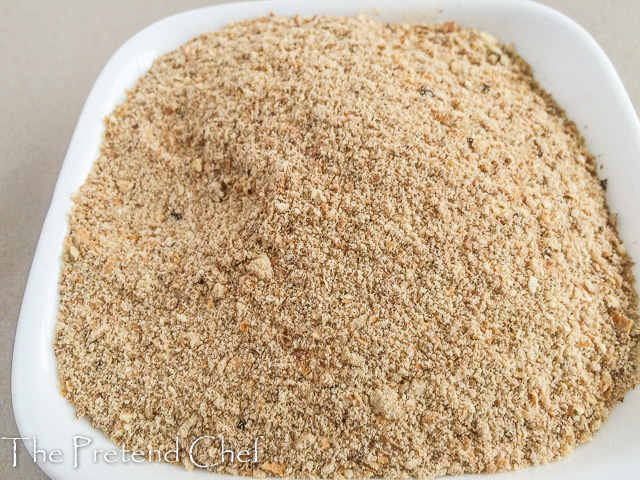
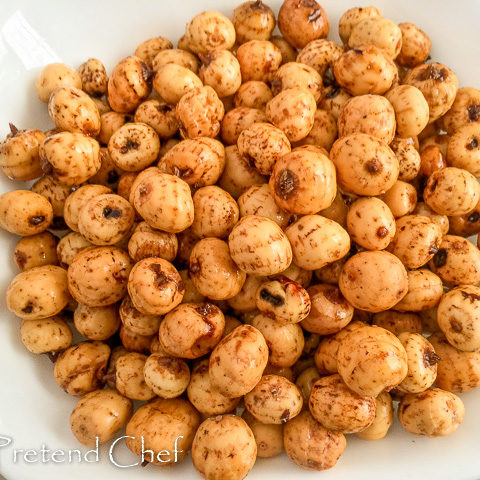
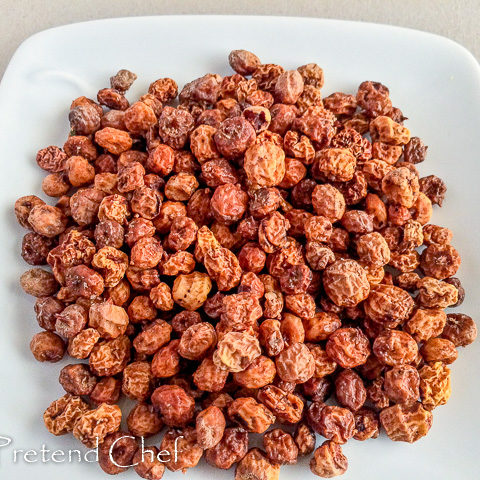
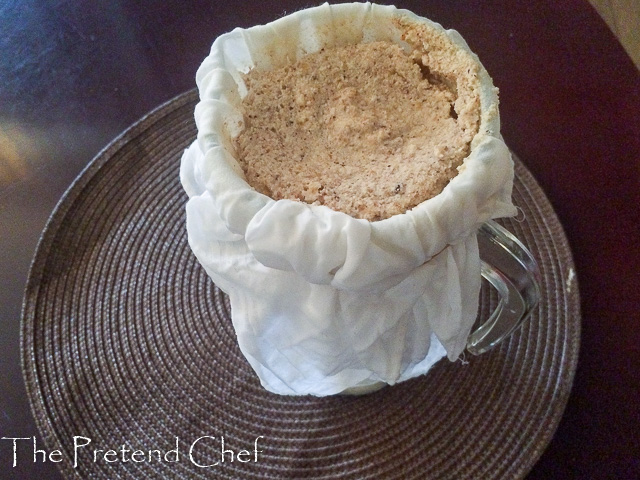
 I am Ganiru, a wife, a mother, a food blogger, a chef, an author and an accountant. I love to cook and write about food, especially Nigerian and afro-centric food...
I am Ganiru, a wife, a mother, a food blogger, a chef, an author and an accountant. I love to cook and write about food, especially Nigerian and afro-centric food...
Pingback: Amazing facts about Tiger nut oil - The Pretend Chef
Pingback: How to make Tigernut Pulp Flour - The Pretend Chef
Pingback: How to make Pure Tigernut flour - The Pretend Chef
Pingback: 30 Amazing Facts About Tigernut Milk - The Pretend Chef
Pingback: 30 Amazing Facts About Tiger nuts - The Pretend Chef